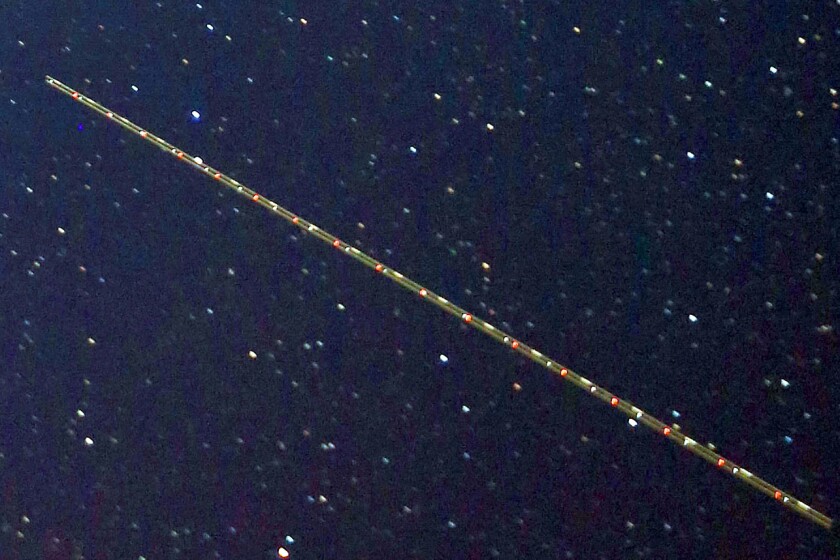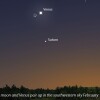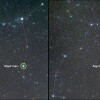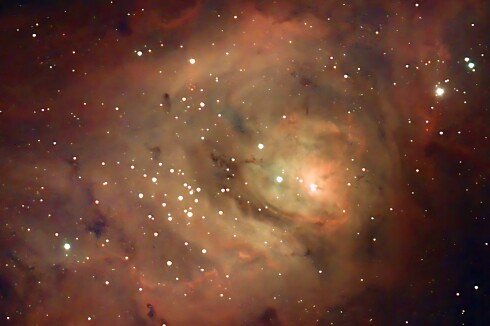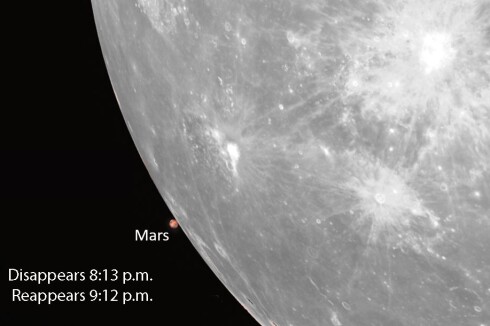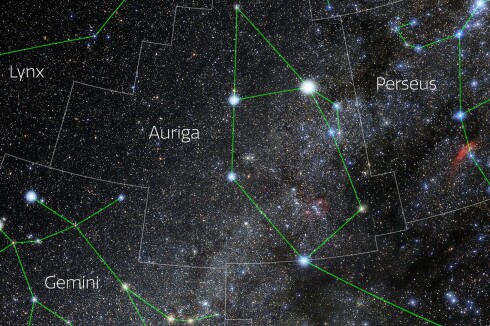The more you know about what's up in the night sky, the less mysterious it becomes. I mean that in a good way. Knowledge feeds our sense of wonder and curiosity about the world and makes it a less scary place. We're also less likely to misidentify something commonly found in our environment.
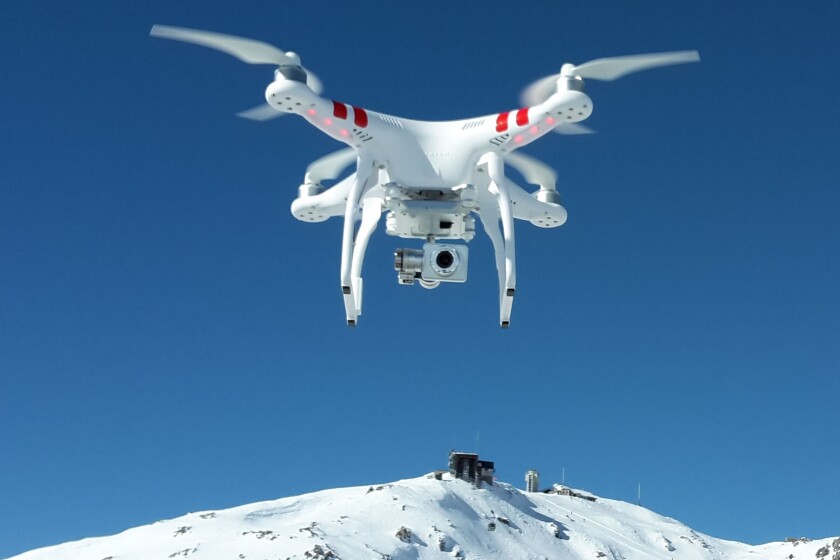
The "mystery drone" sightings of the past week make a great case for the value of knowing more about what happens in the sky. Of the more than 5,000 tips received by the FBI, fewer than 100 (2%) warranted a follow-up. Most of the reports turned out to be planes and helicopters.
ADVERTISEMENT
Like you, I've seen the news coverage and watched the videos on YouTube. Some of the submissions clearly show drones, but I've seen a few more familiar objects, including things that have been flickering in the night sky for decades or even billions of years.
First and foremost are airplanes, which are easiest to identify by the flashing red and green navigation lights at the ends of their wingtips. Novice observers sometimes confuse airplanes with drones or satellites. But if you keep your eye on a passing plane at night, you'll soon spot the familiar winking of those colored lights. The YouTube video included here is a great guide to the numerous lights found on aircraft.
Many of the sightings have occurred in heavily populated areas of the East Coast that have lots of air traffic, so it's not surprising that people would mistake a plane for a drone especially when a story goes viral.
Context affects how we perceive the world. If we're unfamiliar with the denizens of the night sky, then hearsay or breathless social media postings can skew what we see. Add a dash of contemporary, free-floating anxiety to our inborn sense for self-preservation and it's easy for some to imagine evil intent behind the drone sightings.
One thing's for sure. Drones are ubiquitous, with more than one million registered with the FAA in the United States. As of 2021, recreational users don't need a license to pilot their machines at night , but all operators, licensed or not, are required to equip them with flashing anti-collision lights visible from up to 3 miles away. Drones are used day and night in law enforcement, real estate, agriculture, building inspection, search-and-rescue missions and photography, to name a few.
Besides planes and drones, orbiting satellites catch our eyes at night. There are currently almost 7,000 SpaceX Starlink satellites in orbit with at least 5,000 more on the way. China just launched the first batch of its new Guowang internet satellite constellation that will grow to include 13,000 satellites. Satellites almost always look like colorless stars that cross the sky at a steady rate without flashing. Some do slowly brighten and dim, but the majority keep a steady light until they fade out.
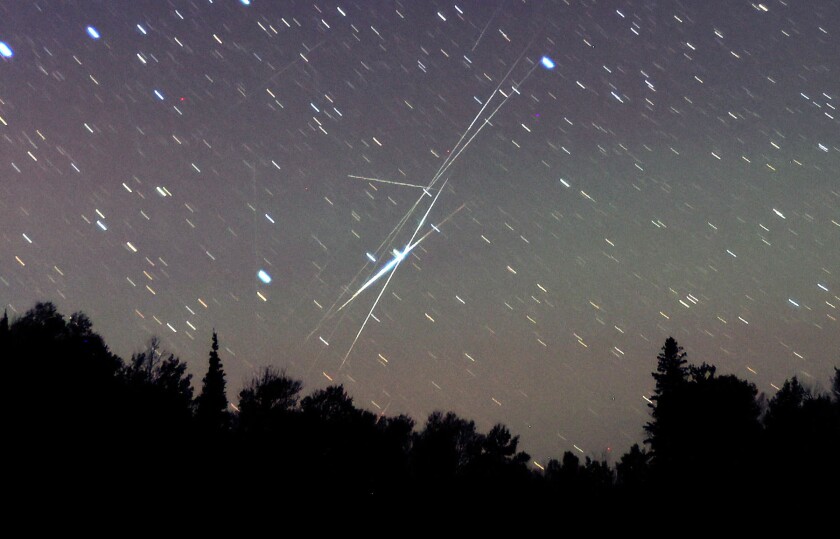
The other shiny objects I've seen misidentified as drones are two of my favorite planets — Venus in the western sky and Jupiter in the east. Right now they're both really bright. This wouldn't be the first time they were confused with something else. Along with the bright star Sirius, the trio has been routinely mistaken for UAPs (Unidentified Aerial Phenomena) for many decades.
ADVERTISEMENT
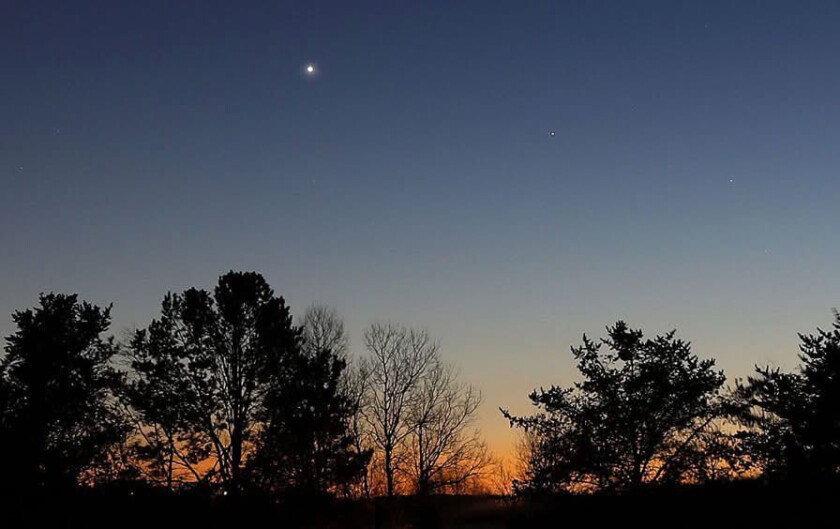
Sirius, which rises in the southeastern sky around 9 p.m. local time, is one of winter's many bright stars. When a weather front moves through, they all twinkle like crazy. Folks unfamiliar with the habits of stars sometimes interpret the flashing as movement and imagine that Sirius is jutting suspiciously around the sky.
Even Earth's rotation can befuddle. The planet's spin causes the stars and planets to slowly slide from east to west during the night. If you're not familiar with how stars move, you might imagine alien beings of superior intelligence piloting these sparkling lights. The ability to distinguish between human-made and natural night-sky sights is a useful skill. It also makes us less likely to jump to conclusions when we see something that arouses our curiosity.
Here are a few resources to learn more about what's up there. Free monthly sky maps are available at skymaps.com . Or you can download the Stellarium Mobile stargazing app for iPhone or Android at stellarium-labs.com/stellarium-mobile-plus . Stellarium is also on the Web at stellarium-web.org . A little knowledge is a beautiful thing.

